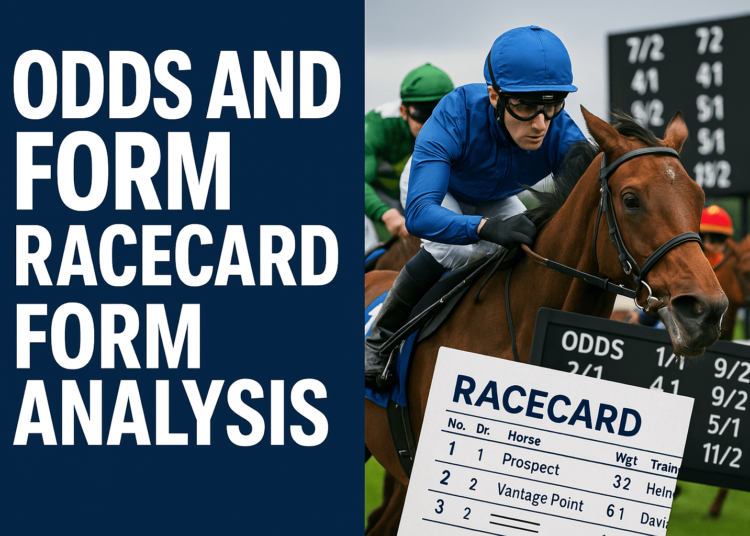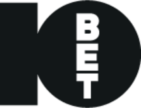As you place your first bet at the track or online, two things will make or break your success: knowing how to read the odds and interpret a horse’s form.
Odds show potential payouts, but they also tell a story about a horse’s perceived chance of winning, as judged by bookmakers and influenced by the betting public. Meanwhile, the form guide offers plenty of extra insight, revealing past performances, track conditions, trainer stats, jockey records, and more.
Learning to read these properly can give you a serious edge, whether you’re backing a favourite or trying your luck with a longshot.
Below is a walkthrough of everything you need to know to size up odds and break down form, ultimately helping you make smarter bets.
Understanding Horse Racing Odds
Odds are the language of risk and reward, so it’s crucial to understand how they work before placing a bet.
Types of Odds
There are three types of odds that you can encounter:
- Fractional: Shown as fractions, these odds indicate how much you stand to win relative to your stake. For example, 4/1 means you can win 4 units for every unit you bet.
- Decimal: These numbers represent a multiplier applied to your stake. If the odds are 3.50 and you wager 1,000 ZAR, you are looking at a 3,500 ZAR payout (2,500 profit)
- American: Mostly used in North America, these odds are expressed as plus or minus numbers. Plus indicates an underdog and shows how much you’ll win from a 100-unit wager (+250: bet 100 ZAR to win 250 ZAR in pure profit). In contrast, minus odds show what you must wager for a profit of 100 units (-150: bet 150 ZAR to win 100 ZAR).
How Odds Reflect Probability
Odds reflect the implied probability of a given horse winning a race. If you’re looking at 4/1 odds, the horse has roughly a 20% chance of winning. To calculate probability, simply divide the denominator by the sum of both numbers:
- 1 / (4+1) = 0.2 or 20%
Odds and Payouts
Most importantly, odds show how much you stand to win if your bet is successful. The quick comparison table below shows examples of odds, stakes, and potential payouts.
| Odds | Bet | Payout (Profit) |
| 1/2 | 100 ZAR | 150 ZAR (50 ZAR) |
| 4/1 | 100 ZAR | 500 ZAR (400 ZAR) |
| 5/2 | 100 ZAR | 350 ZAR (250 ZAR) |
| 13/4 | 100 ZAR | 425 ZAR (325 ZAR) |
| 9/2 | 100 ZAR | 550 ZAR (450 ZAR) |
| 6/1 | 100 ZAR | 700 ZAR (600 ZAR) |
| 9/1 | 100 ZAR | 1,000 ZAR (900 ZAR) |
| 20/1 | 100 ZAR | 2,100 ZAR (2,000 ZAR) |
How Odds Are Set
Racebooks use oddsmakers to set the odds based on their expert analysis. They consider all the key factors, from horse form and past performance to track type and conditions, jockey stats, injury reports, and more.
Once the market opens, the odds may change according to betting volume and trends. For instance, if a lot of money is wagered on one horse, its odds shorten, reflecting increased bettor confidence while balancing the bookmaker’s risk.
What Is Horse Racing Form?
To make smarter bets, you must also look beyond the odds into the horses’ past and understand racing form.
Decoding a Racecard/Form Guide
Once you get your hands on a racecard, you’ll find some of the following information:
- Horse name, age, and weight: Indicates the horse’s name, maturity, and what weight it will carry during the race.
- Jockey and trainer: Highlights the rider and the person preparing the horse.
- Previous race results: Shows how the horse performed during the last few races, including their position, margins, and tracks they raced on.
- Class and distance: Indicates the level of competition and how long the track is.
- Course and going: Reveals the race location and track conditions.
Form Figures Explained
Form figures usually include several numbers or letter abbreviations, showing the horse’s past performances. For example, the numbers 13255 mean that the horse won the first race, crossed the finish line third and second in the subsequent two attempts, and ended fifth in both of his last two races.
There can also be letters, which signal specific incidents:
- PU – Pulled Up (the horse stopped mid-race)
- UR – Unseated Rider (the jockey fell off)
- F – Fell (the horse fell)
- R – Refused (the horse refused to jump or start)
- B – Brought Down (fell due to another horse’s fall)
- DQ – Disqualified (removed from the result, often due to breaking a rule)
- 0 – Finished outside the top nine
Important Factors in Form Analysis
- Recent performance: A horse that’s in good form is likely to stay competitive and perform well in the next race.
- Consistency: A horse that regularly finishes near the top indicates reliability and confidence.
- Course preference: Some horses perform better on certain courses due to surface, conditions, distance, and other factors.
- Class drops or rises: If a horse has moved up a class, it will face tougher competition. If it moved down a class, it might have an easier time winning the next race.
- Trainer/jockey statistics: Jockeys and trainers can form a successful combination to boost a horse’s performance.
- Days since last race: A horse should be well-rested for a good performance, but too much time since the previous race, and it may be “rusty” and need a few runs to regain sharpness.
Using Odds and Form Together
A winning horse race betting strategy combines the odds and the form guide to make well-informed wagers and spot opportunities others might miss. You shouldn’t mindlessly follow one or the other; instead, combine the information and see where each can support or challenge what the other suggests.
If a horse has strong recent form but is priced at long odds, it might indicate a value bet. In contrast, short odds on a horse with poor or inconsistent form could be a red flag.
Common Mistakes to Avoid
Here are a few traps that rookie bettors usually fall into:
- Overvaluing recent wins without factoring in the competition: A previous win might look good on paper. However, a horse’s finishing position in the next race will also be influenced by who it’s up against.
- Ignoring weight differences: In handicap races, extra weight can significantly affect a horse’s speed and stamina.
- Misinterpreting ground conditions: Factor in the track type and conditions, and see how each horse has performed on such grounds.
- Failing to recognise market overreaction: A sudden shift in odds doesn’t necessarily reflect real value. It can also be the result of hype or crowd mentality.
Tools and Resources
Your horse racing betting formula is right here at 10bet. From detailed racecards to in-depth form analysis, we provide you with all the knowledge and tools required to study the field and make smarter picks. Join 10bet now and give yourself an edge!













